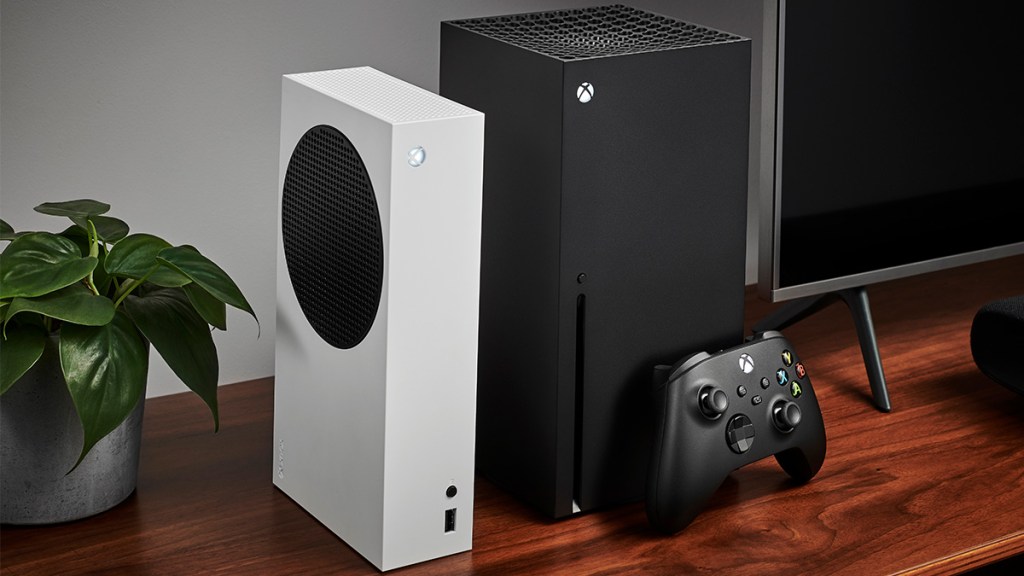If your Xbox is getting 100% packet loss error, there are a few fixes you can try. This issue causes your Xbox One or Xbox Series X|S console to effectively be offline, even though it’s connected to the internet. As a result, it makes it impossible to play online games, start downloads or updates, or use any streaming apps. Unfortunately, this error can occur even if the other devices on your network function correctly, making it tough to diagnose what’s causing the issue.
Table of contents
How to fix Xbox 100% packet loss error
To fix the 100% packet loss error on Xbox One, Series X, and Series S consoles, you’ll have to do some troubleshooting.
Check Xbox network status:
There’s no use in going through all the steps below if Xbox servers are down. Instead, check Microsoft’s Xbox status page before you do anything else. If it reports that there are issues, you’ve found the culprit, and you just need to wait until the problem is fixed. If it reads all green, proceed to our potential fixes below.
Check internet connectivity
Odds are, if you’re experiencing this error, your whole network is having issues, so let’s start by seeing if you’re getting internet connectivity.
If you’re experiencing 100% packet loss on your Xbox console, your internet is probably down, but it’s good to check for connectivity. To do so:
- Press the Xbox button
- Go to Profile & System
- Select Settings.
- Go to General.
- Enter Network settings
- Choose Test network speed & statistics.
Odds are the test will error out. However, if you get a result, compare it against what you should be getting on your internet plan.
Switch to a different DNS
A quick fix for the issue might be to switch the DNS on your Xbox. Just set up your connection manually, and when you are asked for DNS servers, enter the following:
- Primary: 8.8.8.8
- Secondary: 8.8.4.4
This will point your console toward Google’s Domain Name Servers, which should bypass any weirdness your ISP DNS might have going on.
Change from Wireless to Wired (and vice-versa)
If you are getting slow download speeds instead of non-existent ones, you don’t have 100% packet loss. If other devices on your network are working normally, you should try to change the way your Xbox connects to your router.
So, if you’re using a wired connection, try a different cord first. If that doesn’t work, then switch to Wi-Fi. If you still have the same issue, the problem likely lies with your router or modem.
Power cycle your Xbox console, router, and modem
Sometimes all it takes to solve this sort of issue is a restart. Power cycle your console and network equipment, give it a bit to settle down, then give connecting to the Xbox servers another shot.
Make sure UPnP is turned on
On your router, there’s a setting called Universal Plug and Play that should be turned on for your Xbox to work correctly. When UPnP is turned on, the console can open ports and connect to remote servers. If it’s turned off, your Xbox can’t connect to the right servers unless you manually open the correct ports.
Open Ports
If you can’t turn on UPnP, you must open the correct ports to prevent 100% packet loss on your Xbox console. Here are the ports that need to be forwarded:
- Xbox One:
- TCP: 53, 80, 3074
- UDP: 53, 88, 500, 3074, 3544, 4500
- Xbox Series X|S:
- TCP: 3074
- UDP: 88, 500, 3074, 3544, 4500
Try using your router’s DMZ
Most routers have the ability to activate a DMZ, which places designated devices outside of any protection. To do this, you must set a static IP for your Xbox console and add that IP to the DMZ.
Note this method isn’t recommended as it completely exposes your Xbox to the internet. While there are not any known exploits that can compromise your console, some may exist. Therefore, the DMZ should be only used as a last resort.
Contact your ISP
If you’ve performed the above steps and you’re still getting 100% packet loss on Xbox, then it’s time to bring in the professionals. Your ISP should be able to send a technician to diagnose your issue using specialized equipment. Additionally, if you rent your modem or router from your ISP, they can replace it if it’s defective.







